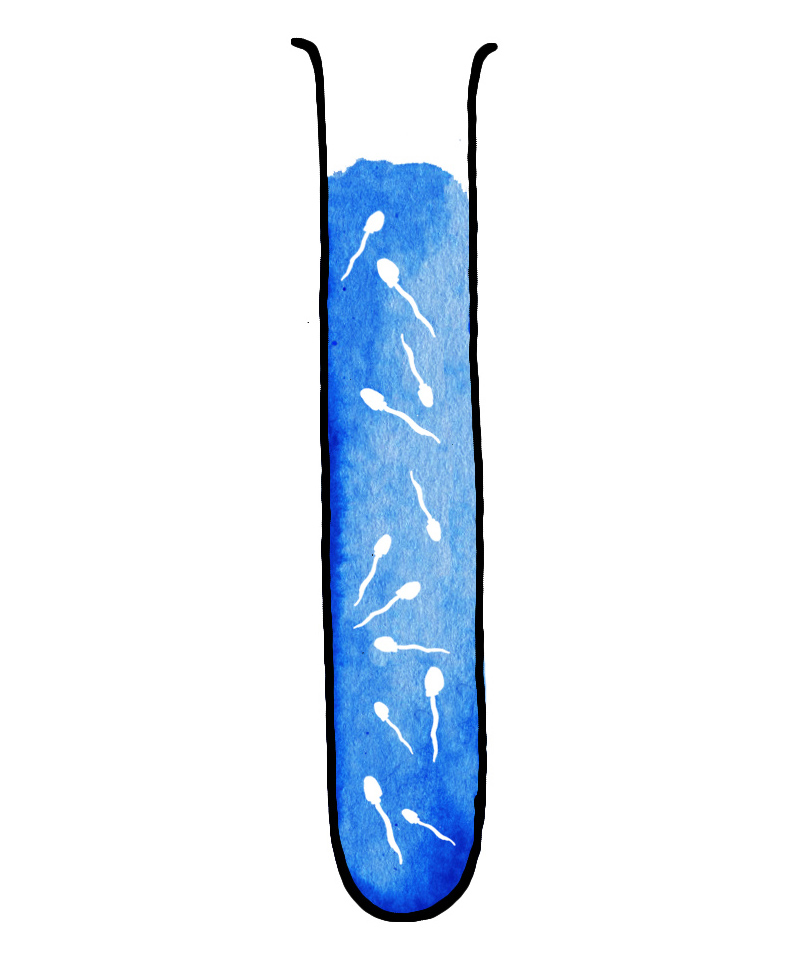12 August, 2025
FISH TECHNIQUE IN SPERM CELLS

Fluorescent in situ hybridisation (FISH) in sperm cells has been a complementary diagnostic tool in the study of male infertility over many years, but its clinical application has been under review in recent years.

The FISH technique allows the observation of alterations in the number of chromosomes in spermatozoa (aneuploidy). Studies have shown that the presence of a high percentage of spermatozoa with alterations in the number of chromosomes is related to alterations in the sperm count and poor results in assisted reproduction techniques.
FISH technique can be used to study up to 9 chromosomes (13, 18, 21, X and Y, 15, 16, 17 and 22). For this, each chromosome is attached to a probe, which emits fluorescence and allows specialists to determine how many copies of the chromosome are present in each sperm cell. Normal spermatozoa should have only one copy of each chromosome. The sample is then compared with a control sample of what is considered normal to establish the degree of alteration.
International scientific societies (such as ESHRE, ASRM, and the majority of the most up-to-date clinical guidelines) do not recommend its routinely use for several reasons:
- Low direct correlation with clinical outcomes (pregnancy or live births)
- Inter-laboratory variability and lack of standardisation in the interpretation of results
- The information obtained does not usually change the therapeutic strategy, as in many cases the preferred technique continues to be ICSI.
- Genetic risk is already covered by studies such as karyotype or PGT tests on the embryo.

Back to blog
In other news

18 August, 2021
Which are the basic tests to determine female fertility?
Hormonal analysis This is one of the main tests performed to find out whether there are any fertilit...
[Continue reading ]28 August, 2017
ROPA Method in Marbella: FIV for married women couples
The ROPA method means a shared maternity, based on the “receipt of the couple’s eggs”. ...
[Continue reading ]


